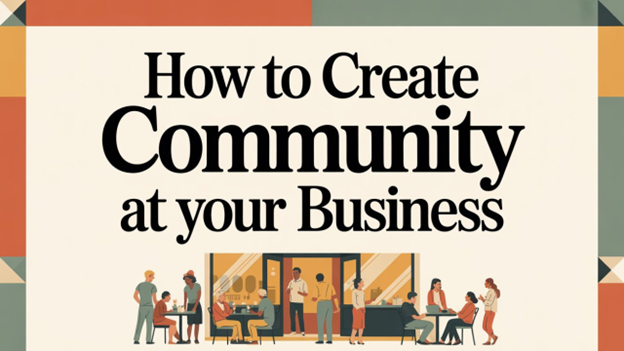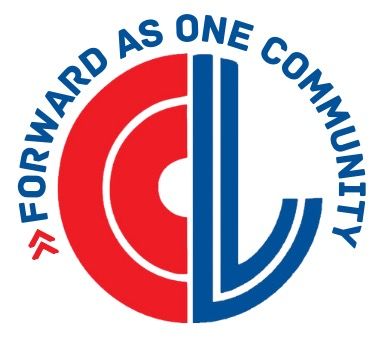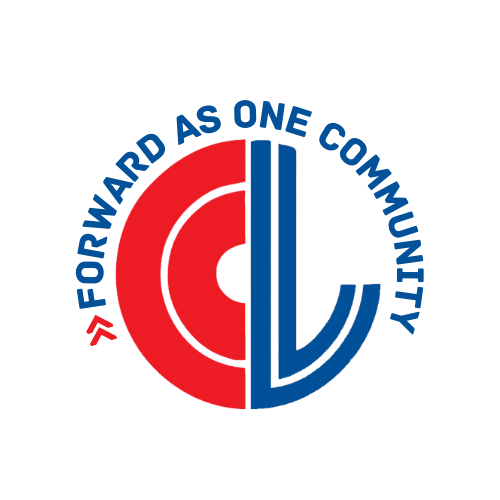The Leadership Edge You’re Overlooking: Why Volunteering Pays Off
- Volunteering builds leadership skills like empathy, strategy, and communication.
- Giving back enhances employee engagement, company culture, and your network.
- You don’t need extra time or money—start small, start now.
- Volunteering often opens doors to unexpected personal and professional growth.
- Leaders who volunteer are more fulfilled and connected to their communities.
604 words ~ 3 min read
In today’s fast-paced business world, leaders are constantly searching for ways to grow—both personally and professionally. But there’s one path to growth that’s often overlooked: volunteering.
Volunteering isn’t just about giving back; it’s a leadership accelerator that builds empathy, sharpens strategic thinking, and fosters stronger connections. And the best part? You don’t have to wait until you have “extra” time or resources to get started. Small actions today can lead to profound impacts tomorrow.
The Case for Volunteering
The personal benefits of volunteering are well-documented. People who volunteer report 27% higher levels of life satisfaction. They experience lower stress and greater emotional well-being (CNCS).
For professionals and business leaders, the payoff is even greater:
- Volunteering develops empathy, an essential leadership trait.
- Serving on nonprofit boards or committees strengthens governance and decision-making skills.
- Community involvement expands your professional network and boosts your personal brand.
Deloitte’s research highlights that employees who participate in workplace volunteer activities are 57% more likely to feel connected to their company’s culture and mission (Deloitte Volunteerism Survey).
Start Small—But Start Now
Many professionals put off volunteering, waiting for the “right” time—when they’re more successful, financially secure, or less busy. But if you wait for perfect conditions, you could be waiting forever.
Here’s a simple three-step plan to get started within the next 30 days:
- Clarify your passion. What causes matter to you—education, health, economic development? Start with what resonates.
- Leverage your network. Ask colleagues or friends where they volunteer. You’ll be surprised by the connections and opportunities close by.
- Commit to one small action. Whether it’s one hour a month or lending your skills to a nonprofit’s strategic plan, start with what fits your life right now.
What Happens Next May Surprise You
Volunteering often leads to unexpected opportunities. You may start by helping at a local event and end up joining a nonprofit board. Or you might discover a passion that redefines your personal mission—or even sparks a career pivot.
As Harry Kraemer, former CEO of Baxter International, shares in his leadership insights:
“Start small, but be open to where volunteering takes you. Over time, you can grow into roles that allow you to make an even greater impact.”
You’ll also become a stronger leader. Volunteering hones key leadership skills: listening, empathy, resilience, and decision-making in complex environments. These are the same traits that set successful business leaders apart.
Lead by Example—And Create a Culture of Giving Back
If you lead a team or a business, encouraging volunteerism can strengthen your entire organization. Companies that prioritize volunteering experience higher employee engagement, improved morale, and stronger ties to their communities.
Consider these steps:
- Offer paid volunteer days or flexible schedules to encourage employees to give back.
- Partner with local nonprofits for company-wide volunteer initiatives.
- Recognize and celebrate volunteer efforts within your team.
The Bottom Line
Volunteering isn’t just the right thing to do—it’s a leadership strategy that pays dividends. You grow as a leader, build your network, and create lasting positive change.
Why wait? Start today. Your future self—and your community—will thank you.
Further Reading:
Why Volunteering Can Be Great for Business – Harvard Business Review
Empathy Is the Most Important Leadership Skill – Harvard Business Review
---
The Leavenworth-Lansing Area Chamber of Commerce is a private non-profit organization that aims to support the growth and development of local businesses and our regional economy. We strive to create content that not only educates but also fosters a sense of connection and collaboration among our readers. Join us as we explore topics such as economic development, networking opportunities, upcoming events, and success stories from our vibrant community. Our resources provide insights, advice, and news that are relevant to business owners, entrepreneurs, and community members alike. The Chamber has been granted license to publish this content provided by Chamber Today, a service of ChamberThink Strategies LLC.




